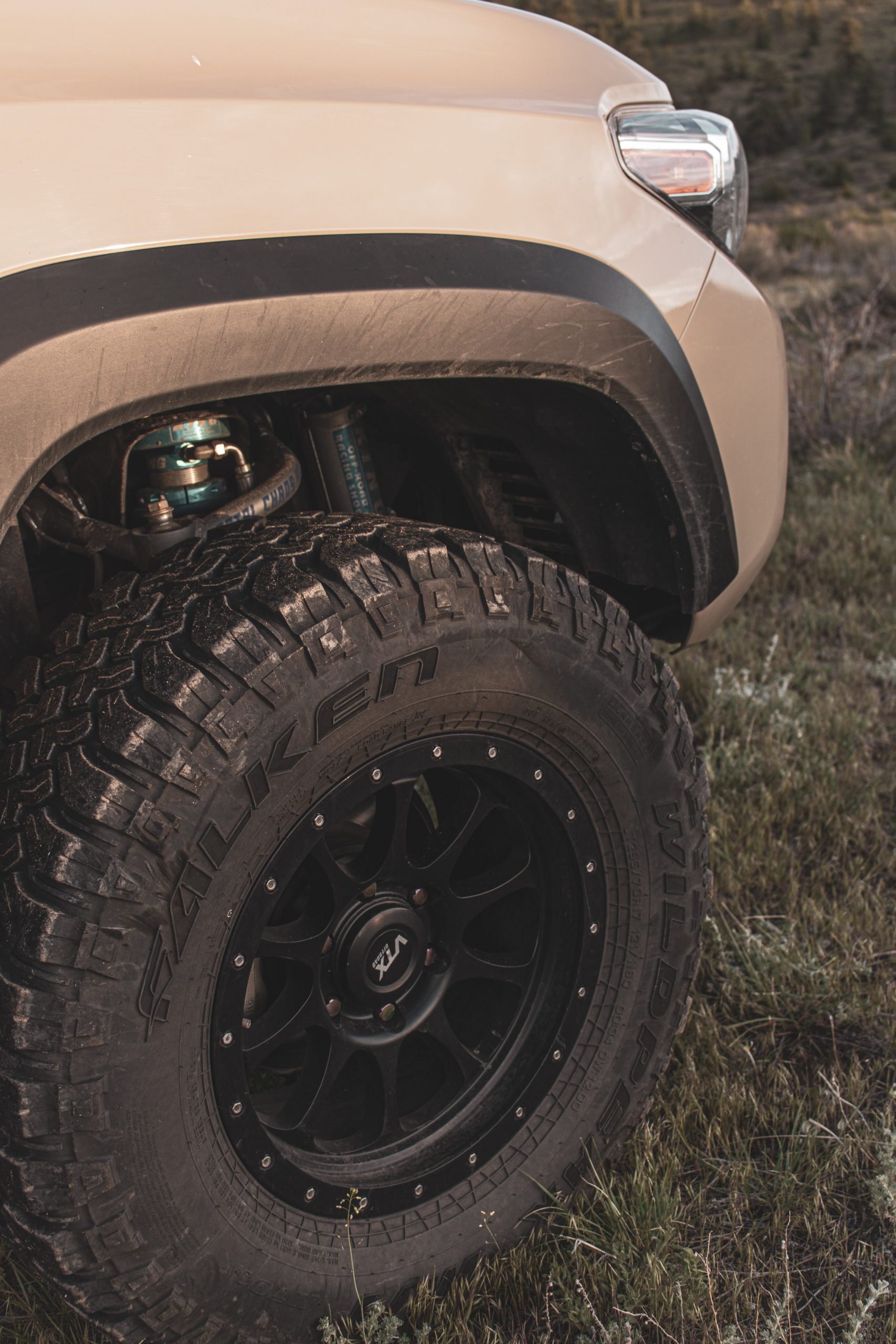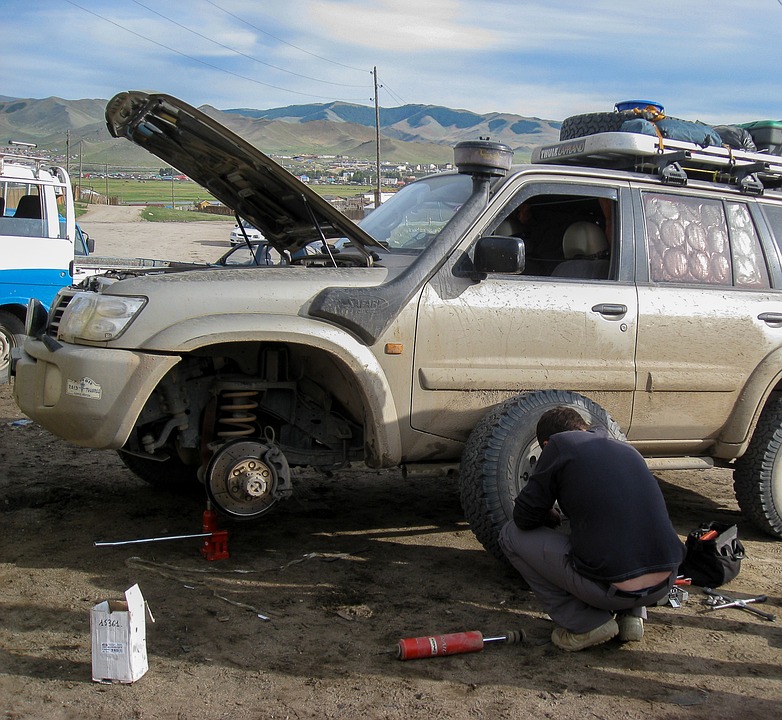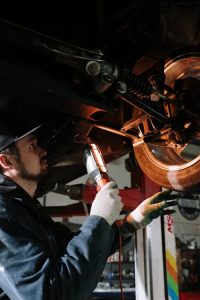Contents
– Hydraulic shock absorber: Characteristics
– The different types of shock absorbers
– Price and maintenance of the hydraulic shock absorber
The hydraulic shock absorber is an essential component of modern car suspensions. What is its place in the suspension? How does it work? What are the different types of hydraulic shock absorbers? These questions are answered in this article!
Hydraulic damper: Characteristics
Role of the hydraulic damper and the suspension
The suspension in the vehicle is formed by a spring and a shock absorber per wheel whose role is to absorb the irregularities of the road by ensuring:
– a good road holding by maintaining the wheel in contact with the road;
– the filtration of the wheel oscillations;
– the protection of the vehicle’s components;
– passenger comfort.
Operating principle of the hydraulic shock absorber
Hydraulic shock absorber must brake and slow down the oscillations due to the spring and hold the wheel to the ground. The basis of its operation is as follows:
– It is attached on one side to the body and on the other to the mobile part attached to the wheel. With each wheel’s movement, a piston moves in an oil-filled cylinder.
– Calibrated valves in the piston slow down the oil flow and contribute to shocks’ damping.
The hydraulic shock absorber is equipped with compression valves (braking the wheel when it compresses the suspension) and rebound valves (braking the wheel’s descent).
The different types of shock absorbers

The monotube shock absorber
It has only one chamber; this shock absorber is no longer used.
The twin-tube shock absorber
It is composed of two chambers in series, each with differently calibrated valves, which allow differentiated damping according to the force applied by the compression; this system favours progressive damping.
The compensating chamber damper
It is provided with a chamber containing air: its purpose is to soften the damping by the elasticity of the air, the oil being incompressible; this system makes it possible to attenuate or eliminate the shock when the damper comes to a stop.
The gas chamber damper
The air in the compensating chamber is replaced by pressurized nitrogen (10 to 20 bars), the advantages being:
– the absence of oil emulsion;
– the absence of oxidation;
– the maintenance of the damping quality. Nitrogen being a neutral gas, its temperature remains stable whatever the pressure.
Price and maintenance of the hydraulic damper
The replacement is justified in case of oil leakage, deterioration of the shock absorber fixations, or degradation of the road holding.
Symptoms include noise, severe suspension oscillation, or wheel ripple when cornering and driving on uneven roads.
The prices of hydraulic shock absorbers vary depending on the vehicle model, the quality you want, and the supplier. Summary in the following table:
The prices are indicative. (We take as a basis a vehicle of the average range. Before any purchase, make an estimate).
|
Shock absorber category |
Technology |
Manufacturer origin |
Equipment manufacturers |
Car centers |
Internet sites |
Competition tuners |
|---|---|---|---|---|---|---|
|
Standard
|
Oil/air |
$40 to $70 |
$30 to $50 |
$20 to $40 |
$20 to $40 |
Not available or not recommended |
|
Gas Shock Absorbers |
Nitrogen |
$100 |
$80 |
$70 |
$55 |
$80 |
|
With hydraulic adjustment |
Compression and rebound adjustment |
Not available |
$180 on order |
$150 on order |
Not available |
$135 |
The points of the technical control
The points of technical control concerning the shock absorbers are the following:
– Presence of oil seepage indicating a leak in the circuit (countercheck to the key);
– Deformation of the rod or the body of the shock absorber;
– Corrosion of the rod or traces of shocks;
– Poorly attached rod (back check to key).
A shock absorber that is loose, damaged or shows signs of leakage or severe malfunction is a major failure. These failures must be repaired, and the vehicle is subject to a counter-inspection within 2 months to have the repairs noted.




